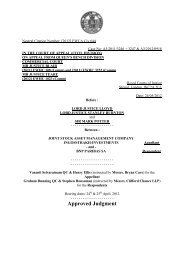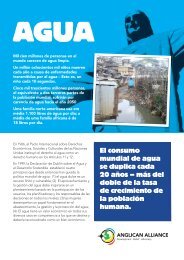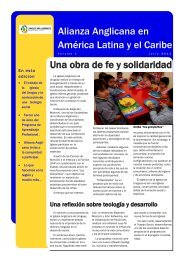Reference Guide for EAQUALS inspections - Support
Reference Guide for EAQUALS inspections - Support
Reference Guide for EAQUALS inspections - Support
You also want an ePaper? Increase the reach of your titles
YUMPU automatically turns print PDFs into web optimized ePapers that Google loves.
THE <strong>EAQUALS</strong> CHARTER FOR COURSE PARTICIPANTSAccredited Members of <strong>EAQUALS</strong> undergo regular <strong>inspections</strong>, and courses accredited by<strong>EAQUALS</strong> are regularly verified, to ensure that:1. Be<strong>for</strong>e the course:1.1. In<strong>for</strong>mation: all in<strong>for</strong>mation and publicity is accurate, complete and accessible, and includes: an outline of the course aims and course components; a stipulated number of taught hours and study hours per course; a stipulated maximum number of course participants per group; a specified age-range <strong>for</strong> courses; a clear description of the cost of tuition and of other services and materials transparent terms and conditions of business.1.2. Enrolment: admission and enrolment procedures are efficient and transparent1.3. Placement: effective procedures are in place to determine course participants’level ofcompetence and/or other needs.2. During the course:There is a focus on providing course participants with opportunities <strong>for</strong> successful learning, inparticular:2.1. Standards: teaching and educational standards are high, and yield effective learning;2.2. Teaching/Training Staff: qualified and competent teachers or trainers experienced inteaching the target language work under the supervision of an appropriately qualifiedacademic manager;2.3. Premises and Facilities: the premises and facilities and/or learning plat<strong>for</strong>ms <strong>for</strong> languagelearning and/or teacher training are suitable <strong>for</strong> the purpose;2.4. Curriculum and course planning: the course of study is structured, is divided into levels ofproficiency, and is appropriate;2.5. Resources: resources and materials used are relevant to the needs of course participantsand to the course objectives;2.6. Teaching and Learning: the teaching and learning/training methods and techniques used areappropriate and effective <strong>for</strong> the course participants;2.7. Quality Control: there is regular observation of teaching or sampling of training by thecourse provider;2.8. <strong>Support</strong> and Advice: there are opportunities <strong>for</strong> course participants to discuss their individualquestions and concerns, and to obtain in<strong>for</strong>mation and advice;2.9. Services: administration and auxiliary services are efficient;2.10. Assessment: evaluation of and feedback on course participants’progress is regular andappropriate.3. At the end of the course:3.1. Certification: end-of-course assessment procedures are valid and soundly administered,and reports and certificates of attainment based on these are given to course participantsand/or stakeholders;3.2. Client Feedback: there is an opportunity <strong>for</strong> course participants and/or stakeholders to givefeedback on the course.6<strong>Reference</strong> <strong>Guide</strong> to the Inspection Scheme <strong>for</strong> Institutionsversion 6.2© <strong>EAQUALS</strong> 2011


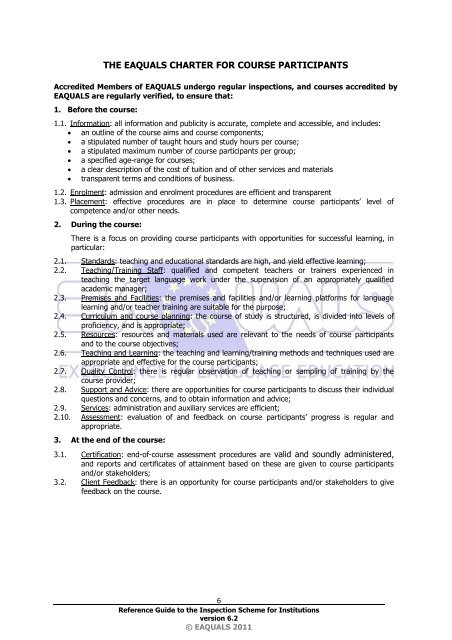
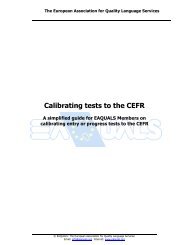
![[2012] UKUT 399 (TCC)](https://img.yumpu.com/51352289/1/184x260/2012-ukut-399-tcc.jpg?quality=85)

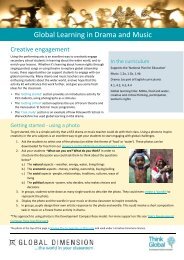
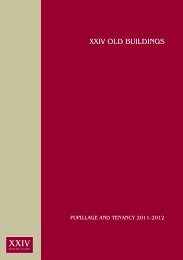
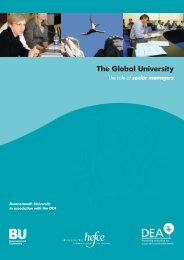
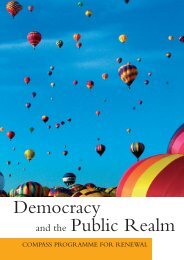
![Neutral Citation Number: [2009] EWHC 3198 (Ch) Case No: CH ...](https://img.yumpu.com/50120201/1/184x260/neutral-citation-number-2009-ewhc-3198-ch-case-no-ch-.jpg?quality=85)
